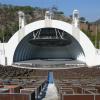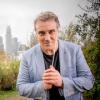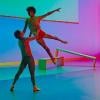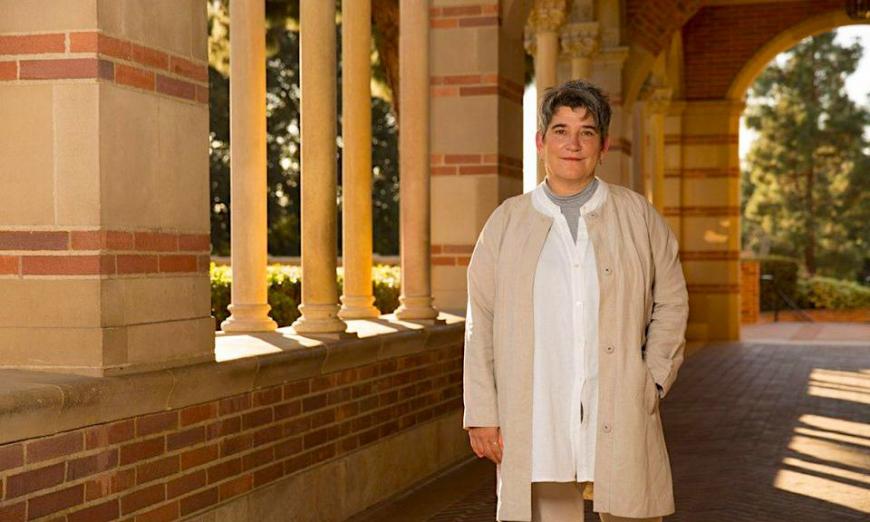
Before being appointed executive and artistic director of UCLA Live in 2011, Kristy Edmunds had already been a cultural force. Born in a small town in Washington state in 1965, she went on to found the Portland Institute of Contemporary Arts (PICA) and its Time Based Art Festival (TBA) in Oregon in 1995, before heading Australia’s Melbourne Festival and then moving to New York, where she helped transform the historic Park Avenue Armory into a hip 21st-century arts venue.
In addition to changing the program’s name to the Center for the Art of Performance (CAP UCLA), Edmunds has provided a platform for critical innovators in all disciplines of artistic practice. Among the many hundreds of performers she has presented during her tenure are Simon McBurney’s theater troupe, Complicité, musicians of all stripes — from Kronos Quartet, Philip Glass, and Max Richter to Keith Jarrett and the late Chick Corea — as well as spoken-word artists such as David Sedaris and Fran Lebowitz.
Her abiding love for dance has also made for stellar programming: In 2013 she offered a series of performances by Trisha Brown Dance Company, including Man Walking Down the Side of a Building; in 2015 Edmunds featured a four-night retrospective of the work of Anne Teresa De Keersmaeker; and in 2016, Mikhail Baryshnikov assumed the persona of Vaslav Nijinsky in Robert Wilson’s Letter to a Man. Another unforgettable evening was the 2019 presentation, “Night of 100 Solos: A Centennial Event.” Featuring the work of the late Merce Cunningham, the performance took place simultaneously in Los Angeles, New York, and London and is still available to stream.
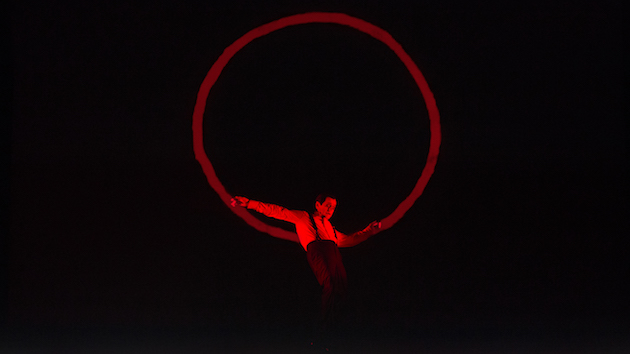
Over the years, Edmunds’s knowledge of and commitment to the arts has helped amplify contemporary issues, unsung heroes, and unheard voices, all contributing to the evolution of UCLA as a world-class performing-arts institution. Indeed, expanding its reach, Edmunds, who is married to dancer/choreographer Ros Warby with whom she has two sons, began collaborating with The Theatre at Ace Hotel in downtown Los Angeles in 2018, with eight programs slated at the Ace in the 2019–2020 season. COVID-19, however, intervened, while an operatic version of Octavia E. Butler’s Parable of the Sower, written by singer/composer Toshi Reagon and Bernice Johnson Reagon, which was performed at Royce Hall on March 7, 2020, was the last live performance with an audience in attendance to date.
I caught up with Edmunds by phone from her office on the UCLA campus. We chatted about myriad topics, including the challenges of negotiating an online season, what the plans might be for reopening and how the pandemic has personally changed her.
You’ve done a splendid job of moving to an online season, which included producing last fall’s “The Tune In Festival: A Convergence of Music and Poetry in a Time of Change,” which was the first major access point people had to what then became CAP UCLA’S channel. How difficult was it making that shift?
Strangely, in that whole time period, figuring what to do with artists being postponed, I didn’t have the sense it was going to be a few months. I was trying to gently communicate this — and didn’t have it grounded in a particular fact — but when you’re watching places like UCLA Ronald Reagan Hospital building an apparatus for COVID-19 patients and moving into a different gear, I thought that they know something I don’t know.
“If we are even remotely back into doing anything in 2020,” I thought, “I’ll eat my hat.” In a way, it was me turning to my artist self. How do I creatively solve these problems? I happened to go to film school, but throwing up our archives, although it’s generous and earnest work, it is not documented archivally for the sake of consumption.
My first thought was that it not only was devastating on so many levels but there were artists already in transit, touring. How would we keep them safe, quarantined and give them out of pocket expenditures? The cash flow crisis was decimating. For me, if we turn the Fall season into filming performances at Royce Hall, the performance is “live” but without an audience.
For the artists, I could also say, “Here’s your fee after all,” which few were expecting after so many cancellations. I learned from the Merce 100th [concert] that live-streaming is extremely expensive. But to film things well and to take time to edit them and turn it into something to share, it would preserve something inherent to the live performance. The biggest thought was, “If we film the stuff, [are] we going to put it on Instagram?” No, so we had to create a channel.
The complexity of that has been phenomenal. You become part broadcaster, part channel operator, you learn about all these industries and their fees. The tech crews normally doing sound mixing and lighting started going immediately into training to support the channel and we spent spring and summer using tools we never thought we’d have to use. I was trying to build an infrastructure we would be able to use long-term, not film on the downlow and watch it on Facebook or YouTube. We wanted to invest in audience and artists we couldn’t see live, as their bodies and capacities started to decline.
How do you support artist relief, raise money, how do you help people still feel like they haven’t disappeared? It has been a huge effort. When I posited the idea of how best to create continuity with what we have in a rapid economic decline, [the answer was not], “Why don’t we just stop because everything stopped?” No, we have a moral obligation, and that’s a gift.
To succeed, then, both front and backstage collaborations were crucial.
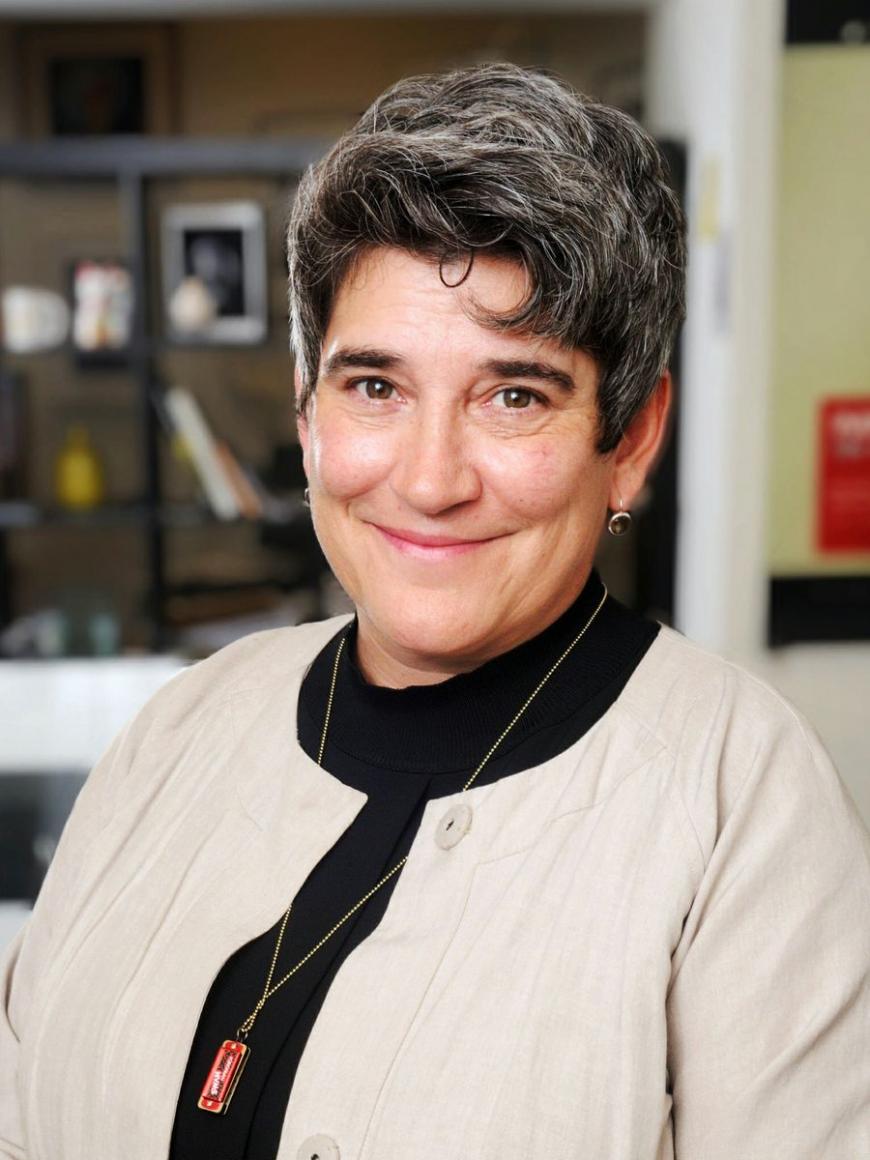
We coordinated with filmmakers and camera crews. There wasn’t a director, per se, but camera operators working with artists in Buenos Aires [for Quinteto Astor Piazzolla En 3X4] or with Israel Galván and his community in Spain [for his “Maestro de Barra Servir el Baile”]. We set up a filming apparatus and activated those communities in service to the performance makers, with everyone being compensated to make these films that are led by live performance intelligence, but not a filmmaker doing a documentary.
It’s that thing of working with artists intensively. If your idea wants to change, we will change with you, so let’s learn how to do this stuff together. By keeping the channel free we were able to create a cultural asset. We can see people from 37 different countries that are online with us. It’s vastly different, but there’s some kind of continuity to people standing up, leaning forward to be present for the work. And we’ll continue doing a lot of that.
As far as reopening CAP UCLA venues for live performances, what does the foreseeable future look like?
We have no idea fully when the indoor situation will happen. The university’s major priority is getting the faculty and students back on campus — 50 or 60thousand people into an environment where there’s still going to be distancing, use of space, and all of those kinds of things. Even when that does come into play, the cost expenditures [for us] are going to be astronomical and there will be limitations — audience distance, lots of hygienic and custodial cleaning, full-blown ushers.
We are continuing to use the resources we have remaining to create content for this channel and it’s unlikely we will move to any live presentations indoors in the way people would expect, until at least 2022, because it’s a really long haul for us.
But there will be small things, gentle gestures. “The Sidewalk Sessions: L.A.” will run in the spring and we’ll bring a musician or poet or dance artist to the driveway of your home. We’re working on smaller kinds of ways, mostly to help artists gradually work their way back into live performances. We’ve seen this as we’ve done these films. Even if we went to Seville with Galván, one of the things you see when you’re around these artists now that [COVID] has gone on for at least a year, when they see one another, the emotional impact is enormous.
There’s a lot of tears, a lot of emotion, exuberance, and there’s a need to have extended rehearsal time to come back into live syncopation at the level they want to give to an audience, even if it’s filmed. We can do this at the Center, but what is the time artists need in a space together again to rebuild what they’ve lost — physically, musically, structurally, emotionally — to meet the audience?
Another way you’re helping compensate artists is partnering with The Lapis Press to create 26 choreographers’ scores, including those from Pam Tanowitz, Ralph Lemon, and Urban Bush Women’s Jawole Willa Jo Zollar. It’s literally a micro-commission project that shares documentation of their creation process.
Since dancers could not be in proximity to do their work — with no rehearsal space — I thought, “What on earth can I do?” I used to be a printmaker, so I thought they could recreate these scores [in order for me to give] small commissions to American-based choreographers. How do you create a sense of choreographic thinking in visual time?
It’s something we rarely get to see as the public, but it’s part of their practice. They sent the originals and we worked with Lapis Press, who took the originals, did the scans and converted their sketches or diary books into fine art prints. We made an edition of 40 for each choreographer and 20 of those will be in a complete boxed set and 20 will be loose prints of each score.
Now they will all have a visual kind of language that lives on in this fine art print. I did another one with musicians, Notes on Napkins: 2020, and had them write music notes that we’re turning into another body of small prints.
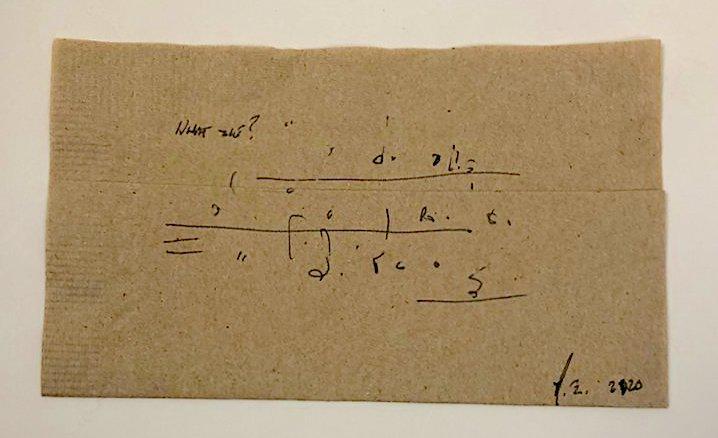
On a personal level, how has the pandemic changed you?
I don’t yet know if I have enough reflection to offer something wise about that. For me, this pandemic carries on and for the fields of artistry that I work with, the pandemic aftermath of our economy will carry on. But I do think there’s something probably all of us have gained from it, which is some sort of settling in with some kind of truth — what is the most essential to me, what do I want to expend my life force on, who do I need to be in community with?


